Category: Interview
-
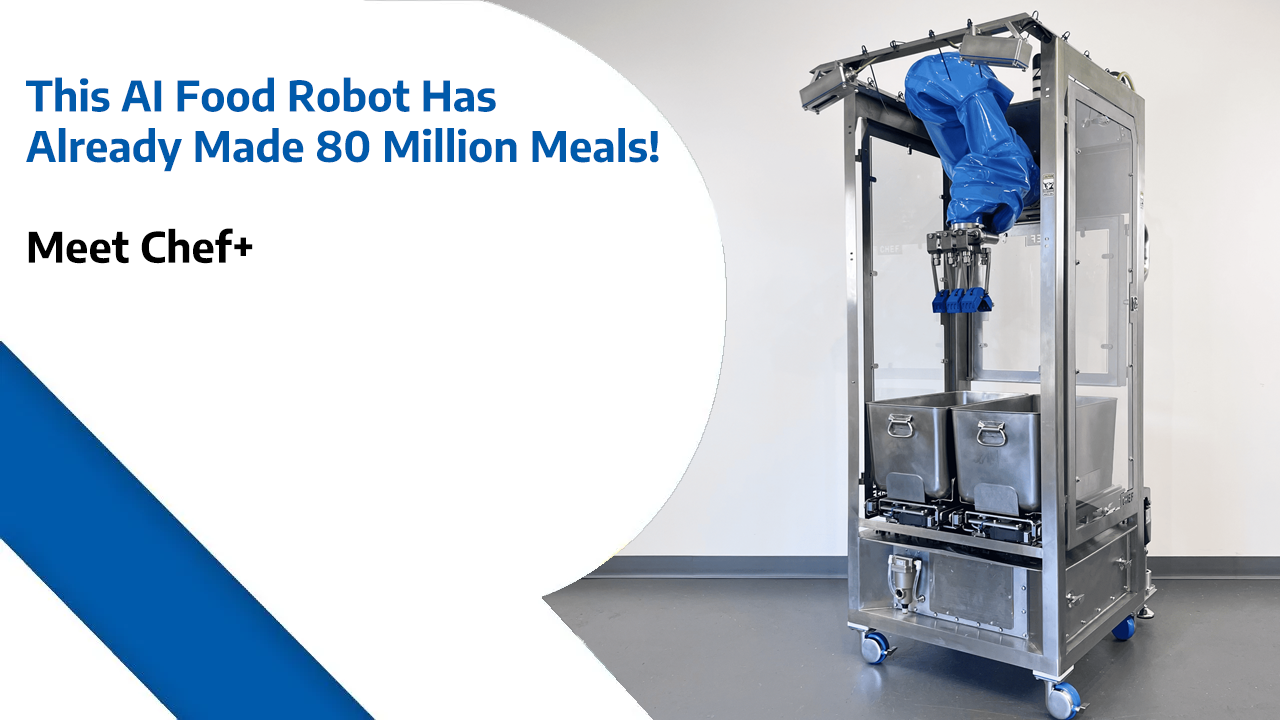
This AI Food Robot Has Already Made 80 Million Meals – Meet Chef+
This AI Food Robot Has Already Made 80 Million Meals – Meet Chef+ Imagine a robot that’s helped assemble over 80 million meals.No training days. No shift changes. Just consistent output. That’s the experience behind Chef+, the newest and most advanced robot from Chef Robotics, a San Francisco–based company focused on AI-powered meal assembly for…
-
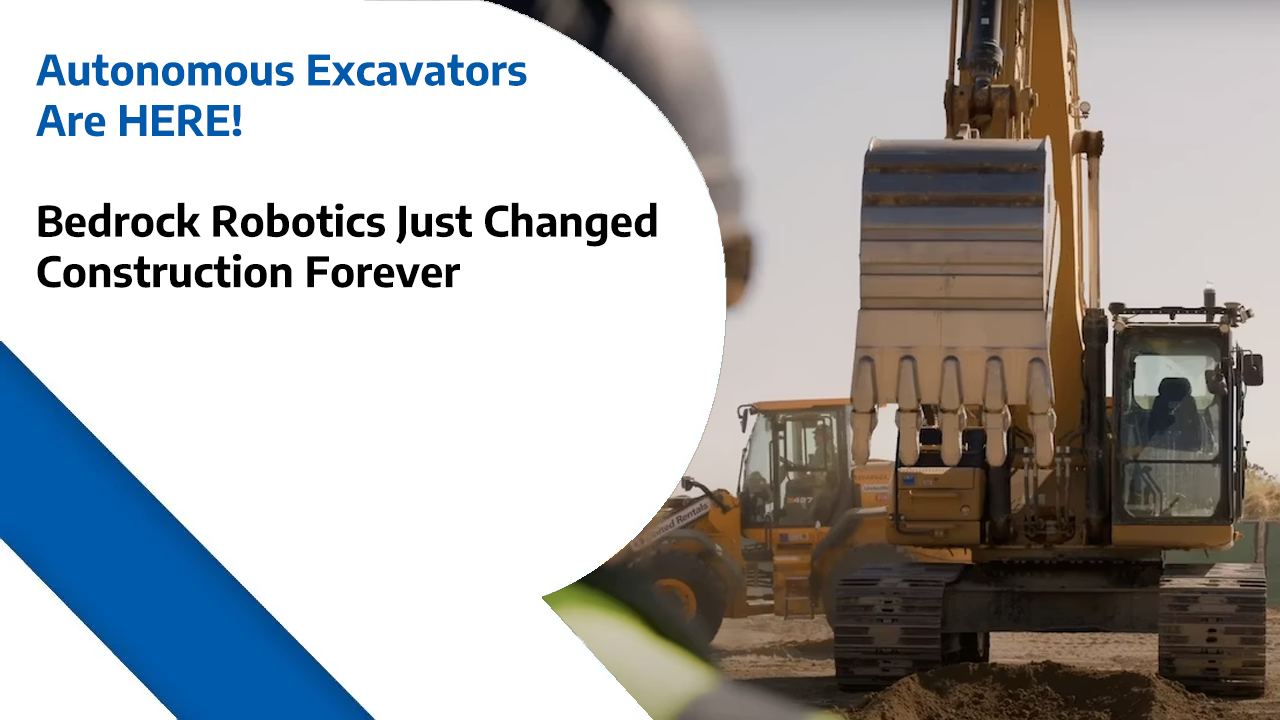
Autonomous Excavators Are HERE – Bedrock Robotics Just Changed Construction Forever
Autonomous Excavators Are HERE – Bedrock Robotics Just Changed Construction Forever Hello folks, welcome back to the channel. Today we’re looking at a major leap forward in construction tech — autonomous excavation. And yes, we’re finally at the stage where the big yellow diggers can think for themselves… mostly. Bedrock Robotics has just pulled off…
-

DoorDash Unveils DOT Robot – The Future of Food Delivery Is Here
DoorDash Unveils DOT Robot – The Future of Food Delivery Is Here DoorDash has just unveiled Dot — its first commercial autonomous delivery robot. At about 4 and a half feet tall and one-tenth the size of a car, Dot is built for quick, local trips, carrying up to 30 pounds — that’s six pizzas…
-
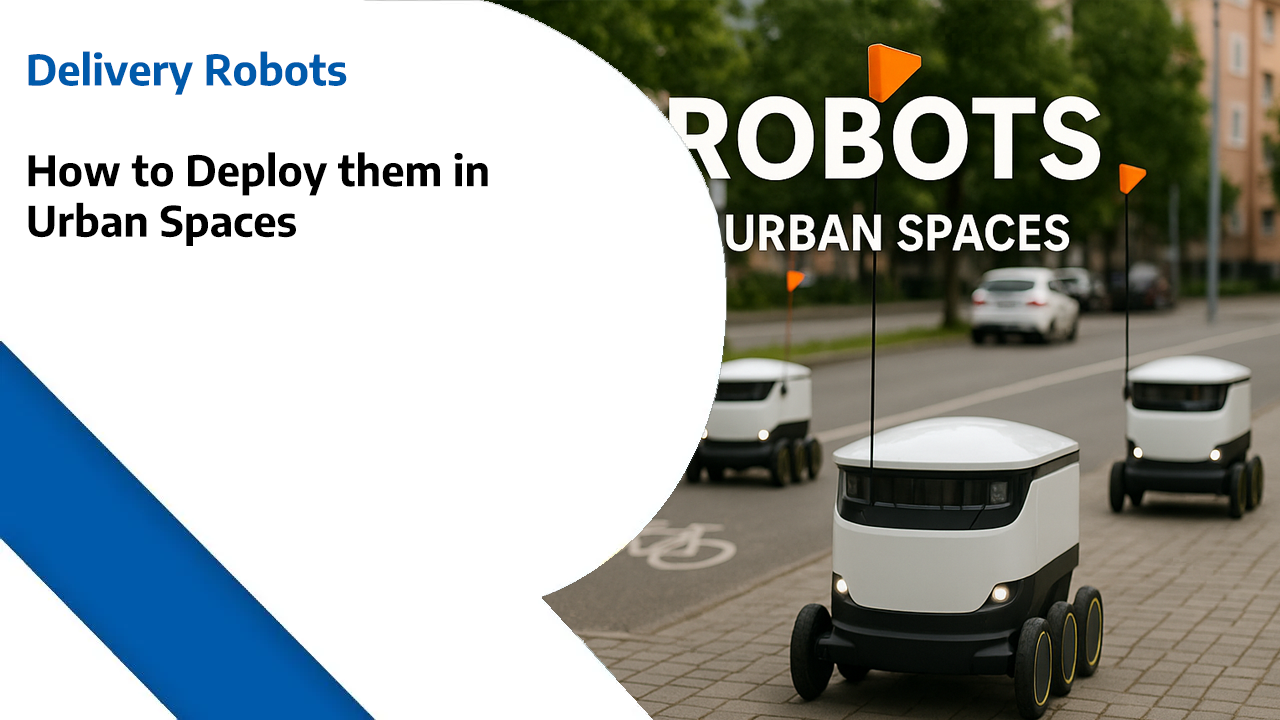
Delivery Robots – How to Deploy them in Urban Spaces
Delivery Robots: How to Deploy Them in Urban Spaces Introduction – The Rise of Delivery Robots Delivery robots have quickly moved from futuristic prototypes into real-world urban spaces. Across cities in Europe, North America, and Asia, small autonomous vehicles are already delivering groceries, packages, takeaways, and even coffee. For city planners, logistics firms, restaurants, and…
-
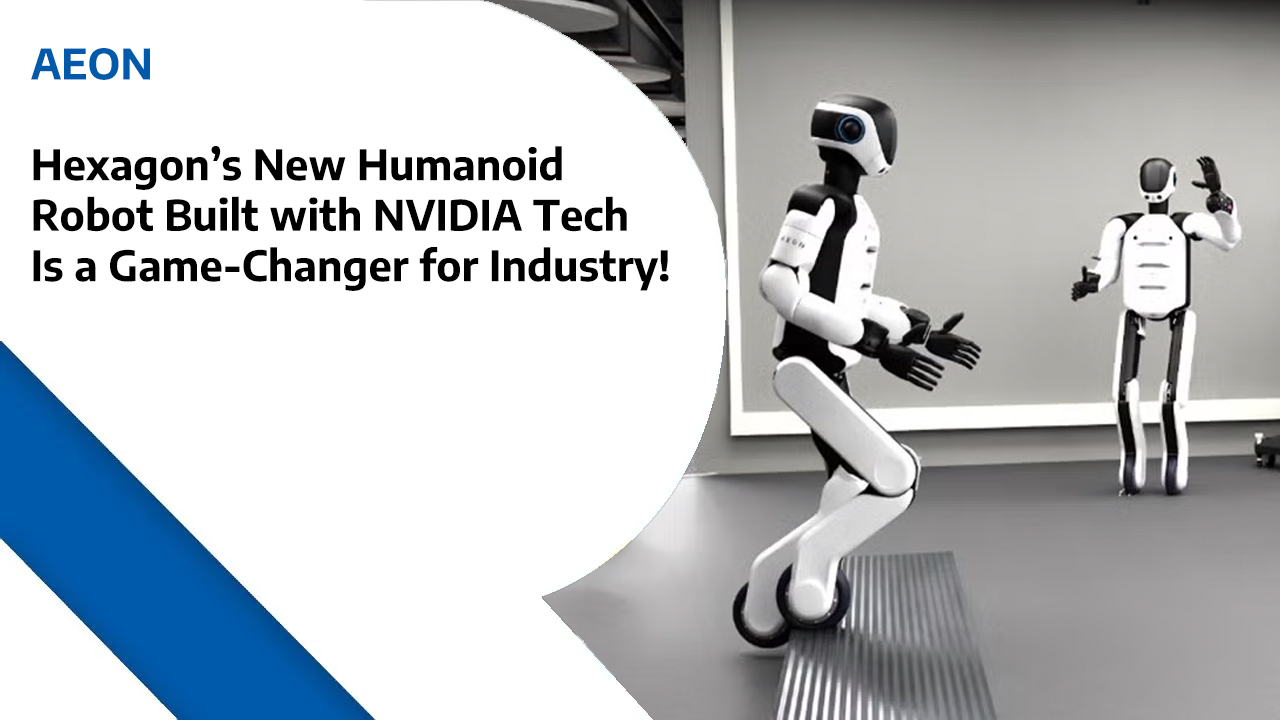
AEON – Hexagon’s New Humanoid Robot Built with NVIDIA Tech Is a Game-Changer for Industry
AEON – Hexagon’s New Humanoid Robot Built with NVIDIA Tech Is a Game-Changer for Industry Hexagon has just unveiled AEON, its new humanoid robot, developed in partnership with Nvidia—and it’s far more than just a shiny metal face. Revealed at the Hexagon LIVE Global conference, AEON is designed to support industries like automotive, aerospace, manufacturing,…
-
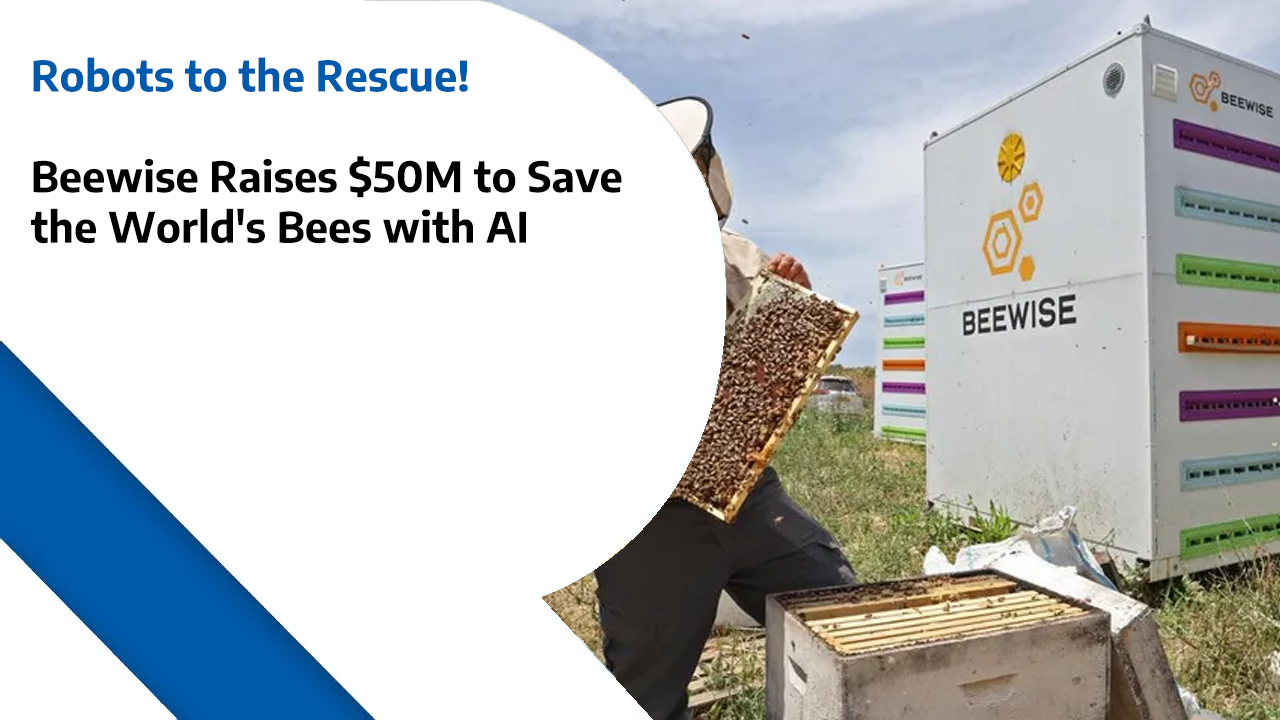
Robots to the Rescue – Beewise Raises $50M to Save the World’s Bees with AI
Big news in the world of climate tech: Beewise has just raised $50 million in Series D funding, bringing their total to nearly $170 million. Their mission? Saving the bees — with robots. Beewise’s AI-powered BeeHome is a solar-powered smart hive that gives bees real-time care using robotics and machine learning. And it couldn’t come…
-
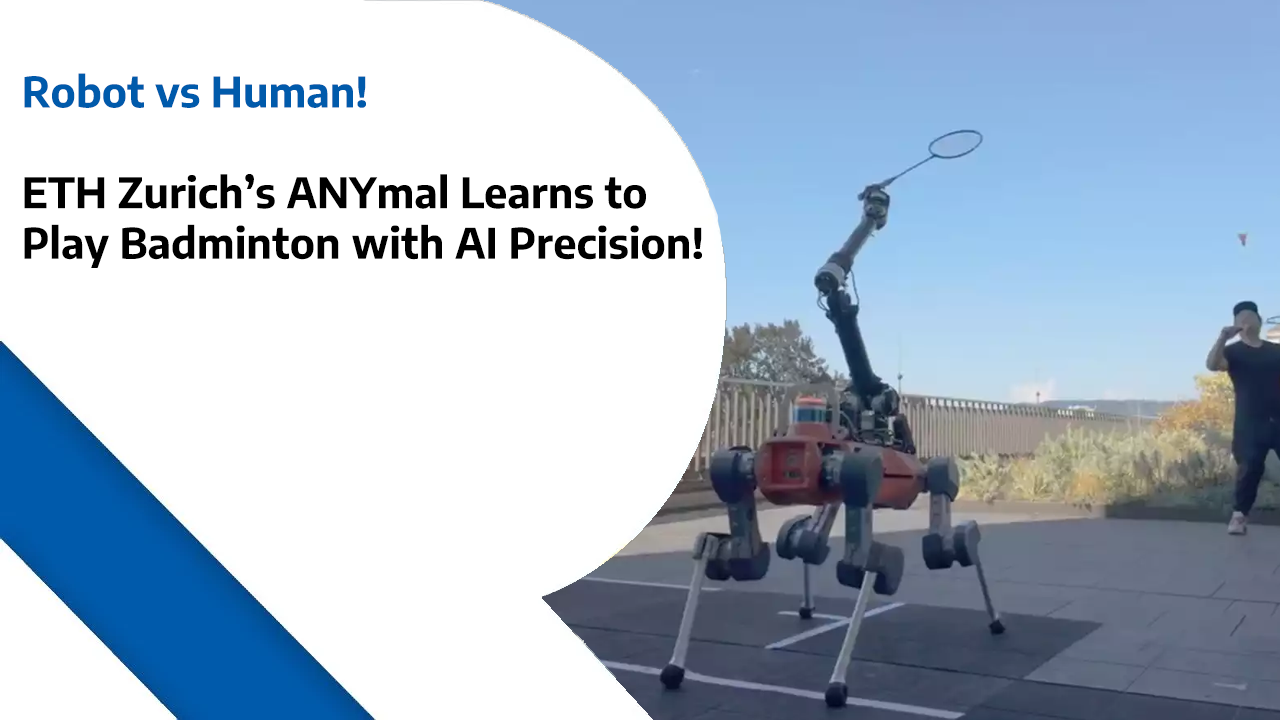
Robot vs Human – ETH Zurich’s ANYmal Learns to Play Badminton with AI Precision!
Robot vs Human – ETH Zurich’s ANYmal Learns to Play Badminton with AI Precision! At ETH Zurich, researchers have done something both impressive and slightly unexpected—they’ve taught a four-legged robot named ANYmal-D to play badminton. Yes, really. Using reinforcement learning, the robot was trained to track a shuttlecock in flight, predict its trajectory, and return…
-
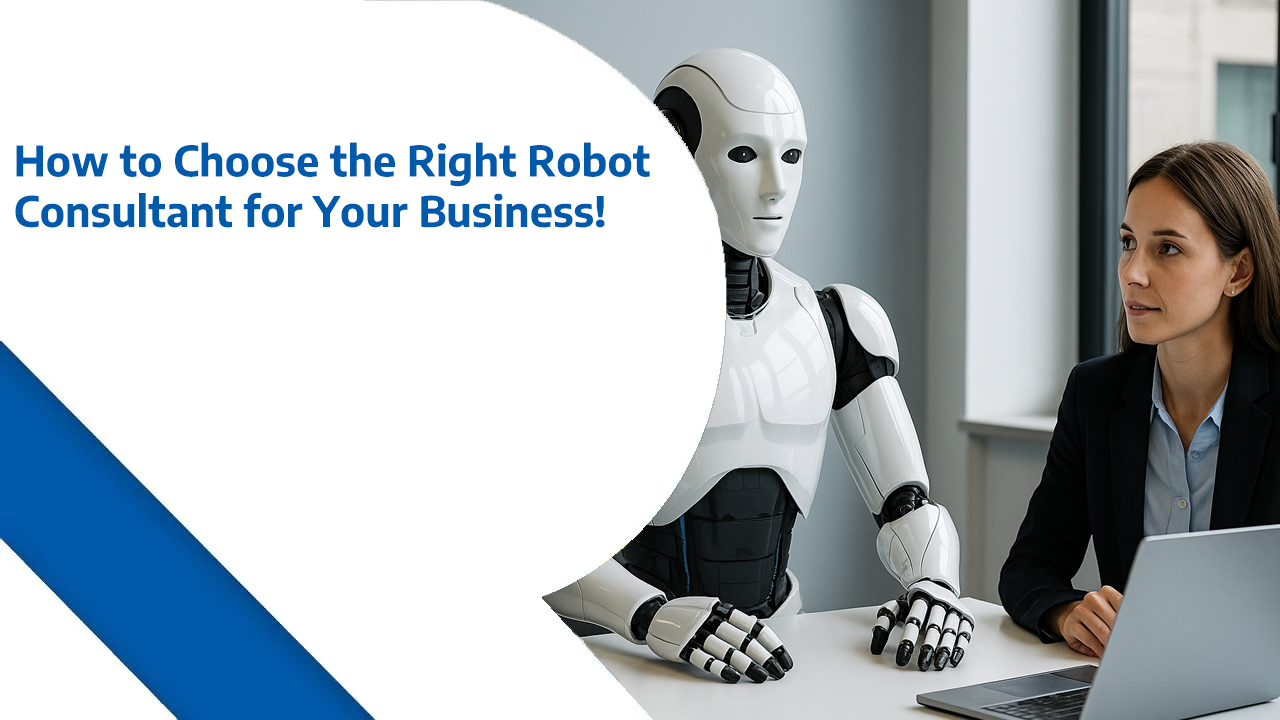
How to Choose the Right Robot Consultant for Your Business
The Executive’s Guide to Selecting a Robotics Consultant How to Navigate the $50B Robotics Revolution Without Getting Left Behind The Reality Check: While your competitors debate whether robotics is “worth it,” industry leaders are already capturing 40-60% cost savings and transforming their operations. The question isn’t whether to adopt robotics—it’s whether you’ll choose the right…
-

This Flying Robot Transforms Midair into a Car – Real-Life Transformer by Caltech!
This Flying Robot Transforms Midair into a Car – Real-Life Transformer by Caltech! Imagine a robot that doesn’t just land, but transforms midair—switching from flying to driving without skipping a beat. That’s exactly what a team of engineers at Caltech has built with ATMO, a clever new robot that takes multitasking to a whole new…
-
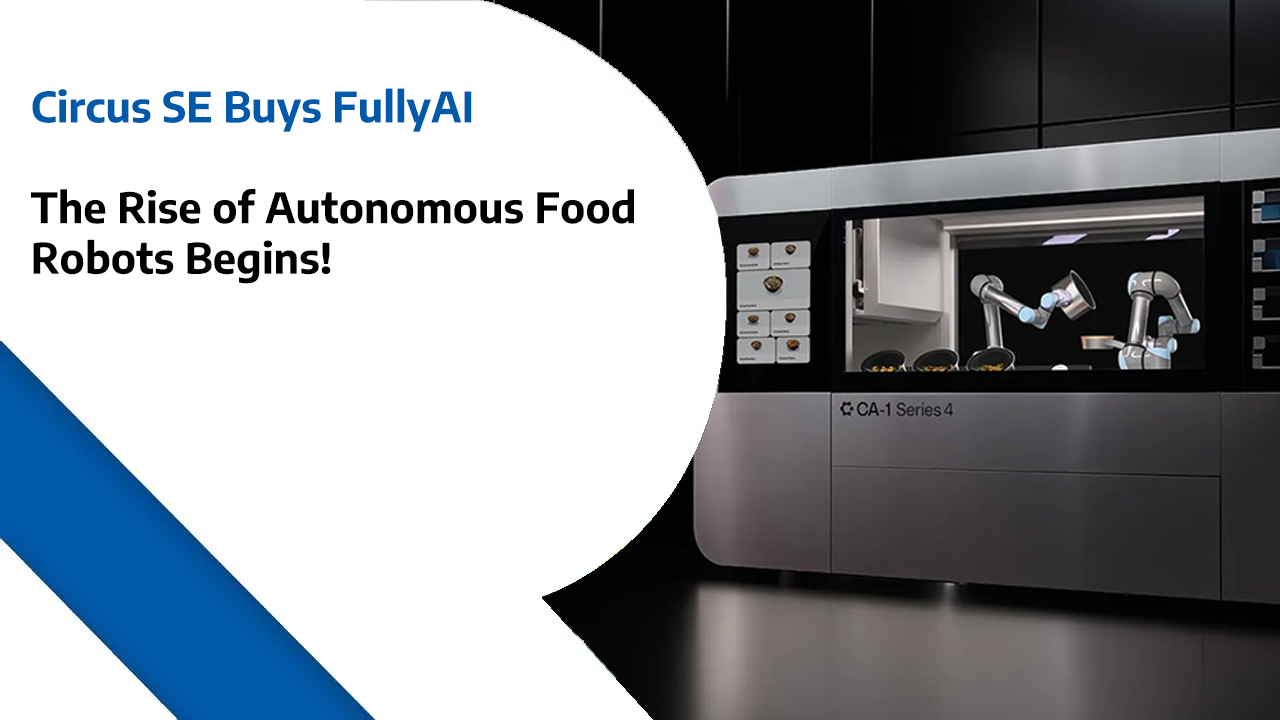
Circus SE Buys FullyAI – The Rise of Autonomous Food Robots Begins
Circus SE Buys FullyAI – The Rise of Autonomous Food Robots Begins Circus SE, the robotics company redefining how we cook, has just announced the acquisition of agentic AI firm FullyAI — and it’s a pretty big deal. CEO Nikolas Bullwinkel says this move takes them closer to creating a ‘global nutrition intelligence layer’ —…